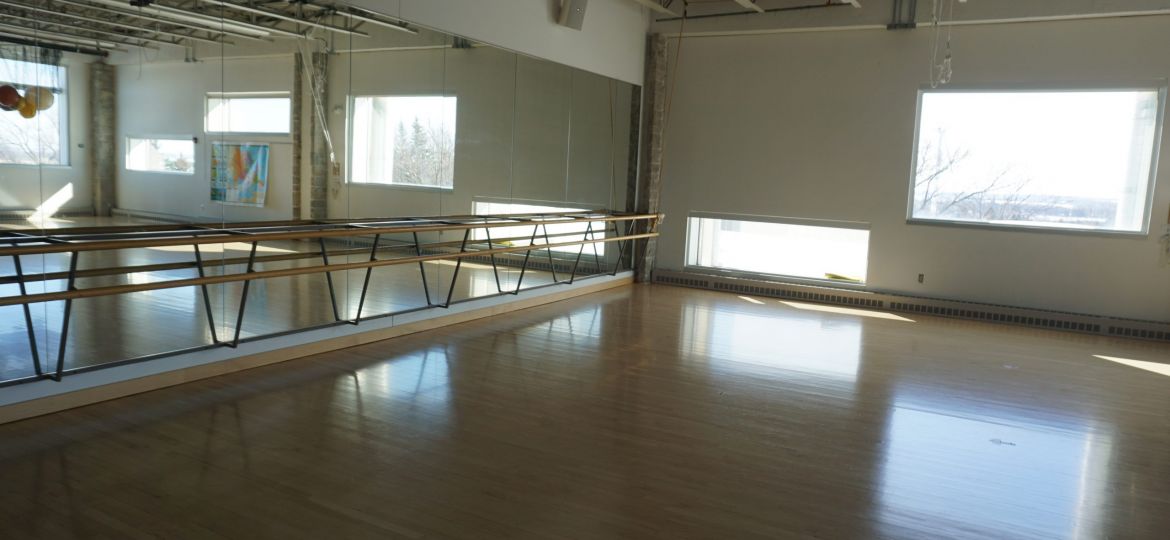
The St. Olaf College Dance Department hosted “WE,” a “week-long dance immersion experience that centered movement in an interdisciplinary dialogue about learning and living in connection to social awareness,” according to the workshop marketing posters. One of the workshops during this week-long event was entitled “K-Pop.” A fan of the music genre myself, I was intrigued. So, on Wednesday, Feb. 27, a few other St. Olaf students and I sat spread out in the Black Ballroom to listen to choreographer, teaching artist and performer Vivian Kim speak about Korean pop music.
If you’ve been paying attention to music recently, you’ve probably noticed that K-pop, as a genre, has been on the rise. In fact, the now internationally known K-pop group, BTS, recently spoke at the United Nations, received the Favorite Social Artist award at the AMAs and was on “The Tonight Show” with Jimmy Fallon. K-pop has become a global sensation, but with its entrance onto the international stage there are a few issues within the K-pop industry that need to be addressed.
Kim began by pointing out that there are serious issues of hyper-sexualization of the female body and of cultural appropriation in the music industry in general. She then discussed the issue of race performance in K-rap and K-hip hop. She mentioned that the K-pop industry embraces Black American culture with open arms in their music and music videos, but that there is still rampant racism against black people in South Korea. Kim also gave brief histories of rap and hip hop and explained that in the U.S., rap and hip-hop came from a culture of class and racial struggle, but in the South Korean music industry rap and hip-hop are treated almost more like dress-up.
“[Kim] mentioned that the K-pop industry embraces Black American culture with open arms…but that there is still rampant racism against black people in South Korea.” – Anna Moen ’19
K-rappers such as CL, Keith Ape and Jessi wear baggy clothes, chains and grills in their music videos to make themselves resemble U.S. rap and hip hop stars from the 90s and 2000s. There are also television programs such as “Unpretty Rapstar” (a competition show similar to “American Idol”), which feature Korean rappers who often sport dreads and dark tans. Perhaps this mimicking of U.S. rap and hip-hop culture in South Korea started out with a genuine appreciation for the fashion and new sound of rap and hip-hop – such as with rapper Drunken Tiger. But, with the South Korean music industry as it is today, there is more of a focus on using performances of rap and hip-hop styles in order to make money than to treat the genres with respect. There is no recognition in the K-pop industry of cultural appropriation.
Overall, Kim gave an incredibly insightful presentation on race performance in K-pop. Not only did it place dance and pop culture within an academic frame – a goal that “WE” was working to achieve – but it also served as a reminder to pay more attention to the entertainment we consume.
It’s easy to listen to music that supports some pretty nasty ideas, such as objectification of women and cultural appropriation, without holding artists or industries — like the many K-pop production agencies — accountable. Whether or not K-rap and K-hip hop are genres of authentic appreciation or of cultural appropriation is only one example of a larger issue.
Though I absolutely believe the sharing and appreciation of other people’s cultures is a positive way of bringing people together, sharing and appreciating a culture is vastly different from portraying a people’s culture in a stereotypical and performative manner.

